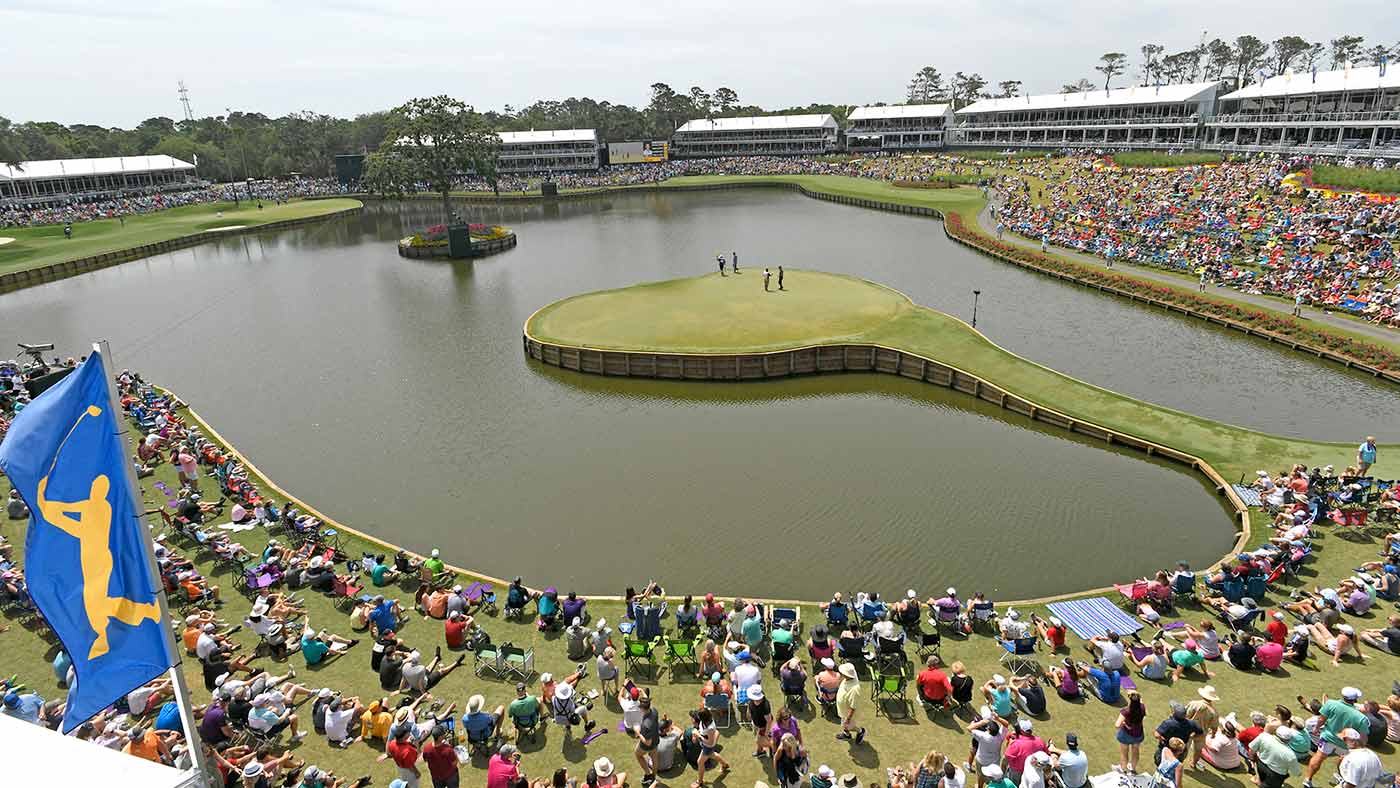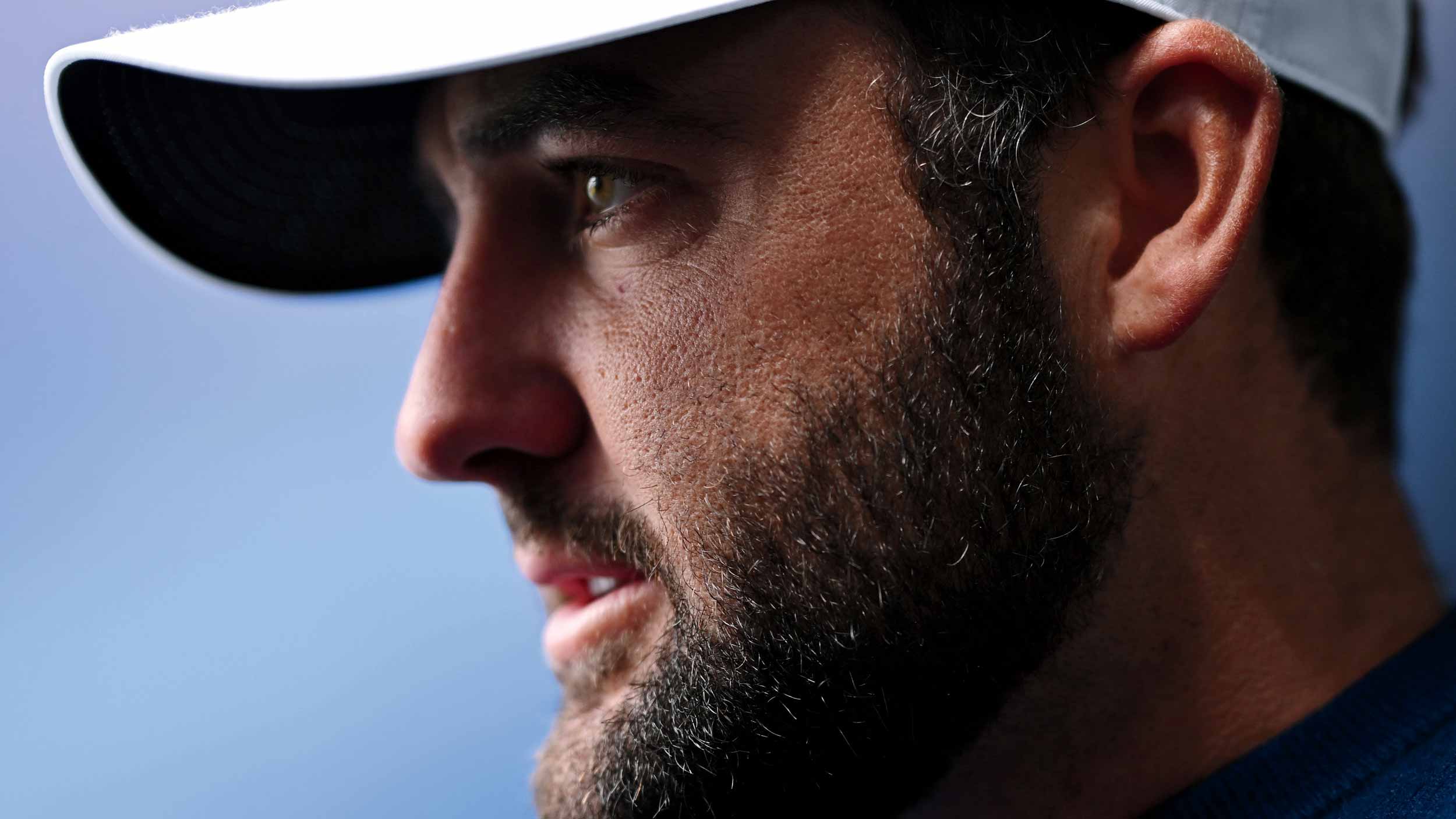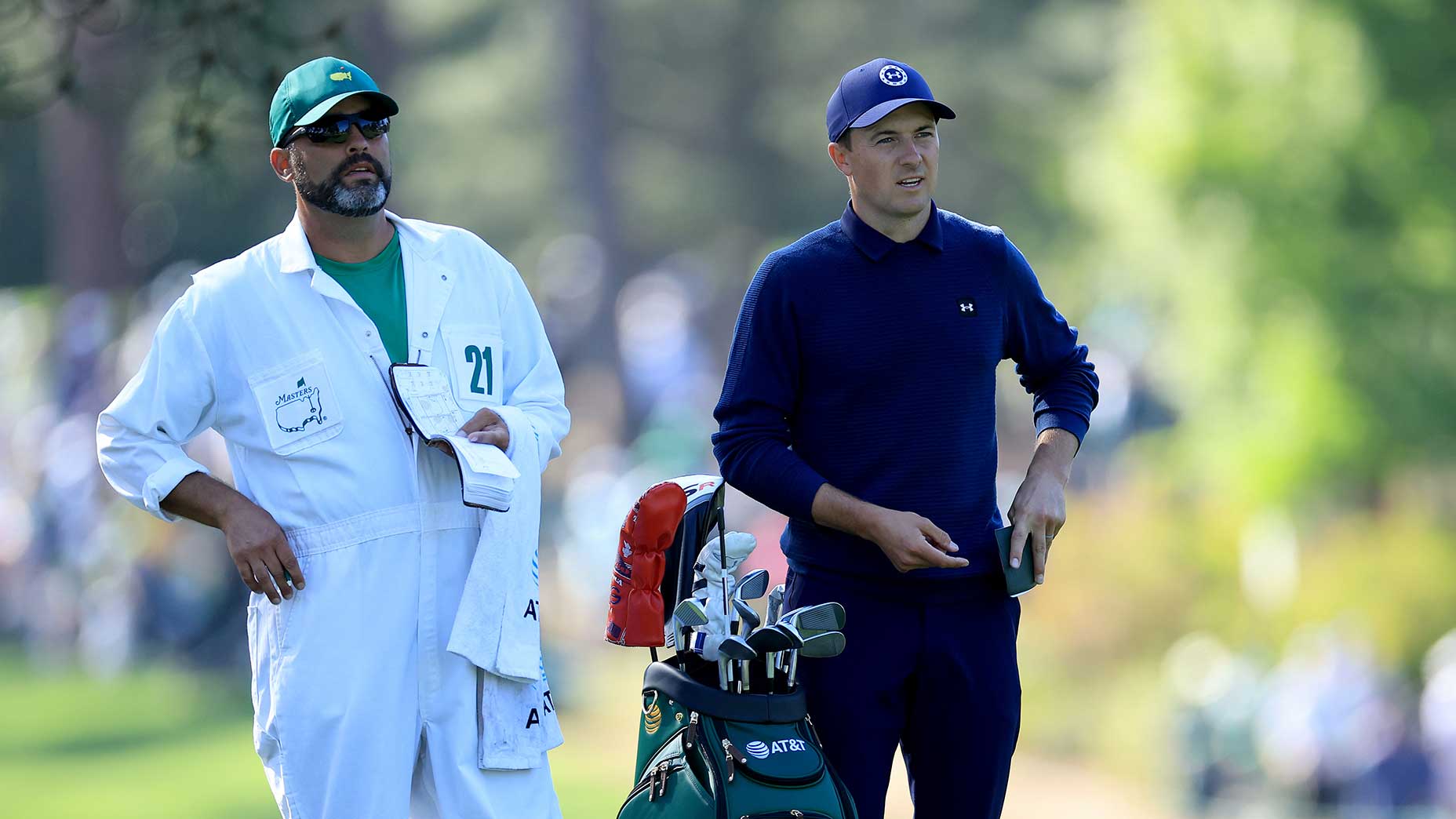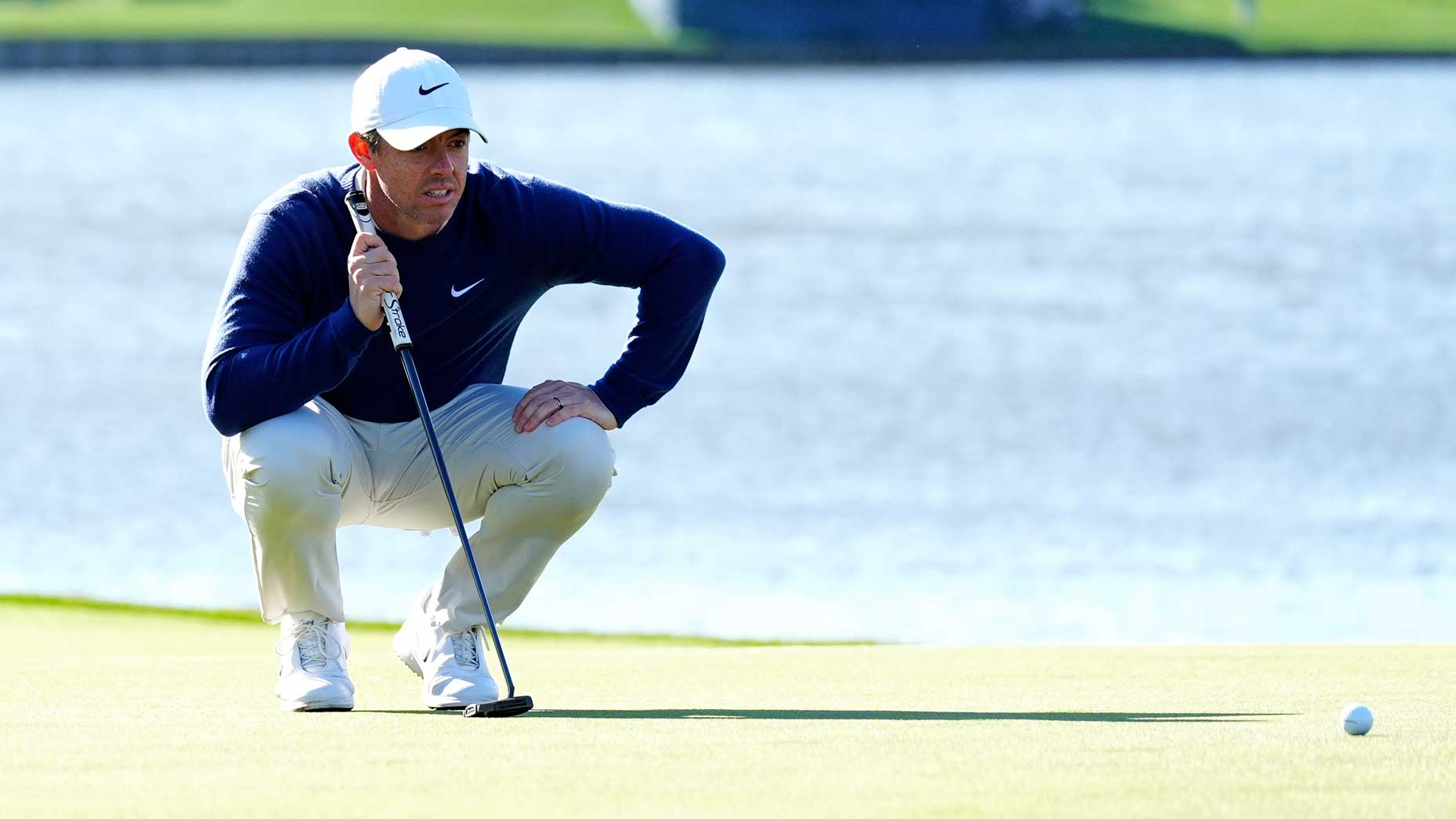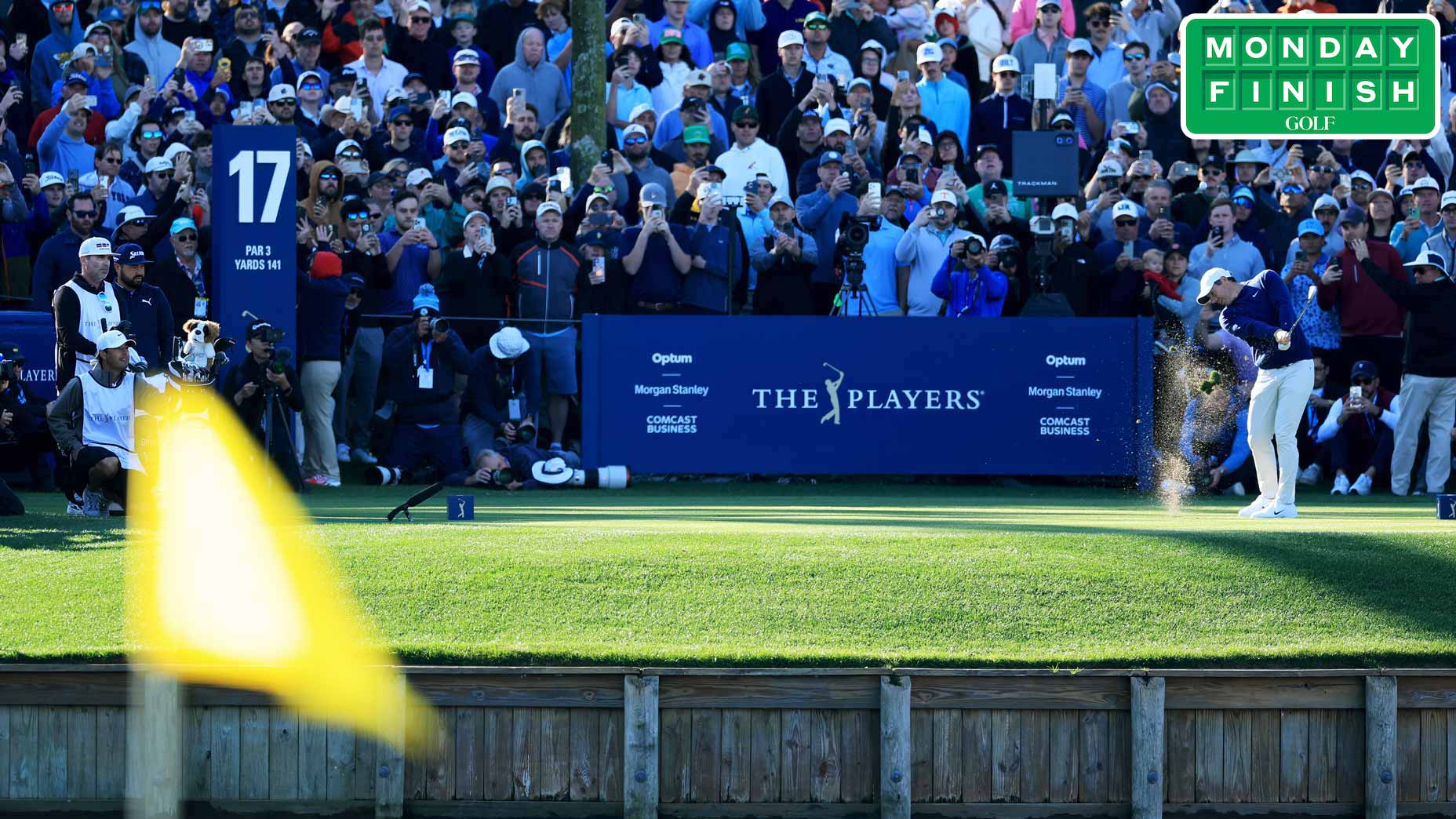From conception to construction, golf holes evolve. Architects revise them on the drawing board and often modify them once the building begins.
Consider, for instance, the par-3 17th at TPC Sawgrass, site of this week’s Players Championship.
In Pete Dye’s original design, the hole had water in play to the right of the green only. But, as Dye himself recounted, when earth-moving got underway, his wife, Alice, “came out for a look and said, ‘Why don’t you just make it an island.’ So we did.”
The evolution did not end there.
In the 44 years since the course opened, the iconic 17th has changed in other ways, mostly in deference to the tournament, and often so subtly fans would never notice. With help from Jeff Plotts, director of golf course maintenance at TPC Sawgrass, here’s a look at the differences, large and small.
From sandy wastes to grandstands
Check out old photos and you see that the course once had a rustic, sandy look around its edges. The throwback aesthetic held great visual appeal, but the soft ground made it tough for crowds to move around. As the tournament grew, the sandy wastes were replaced by grassy mounds and grandstands, like the kind behind the 17th tee today — a stadium setting, ideal for viewing, and a big part of the hole’s electric atmosphere.
A shape-shifting green?
In aerial views, the putting surface appears to have morphed through the years. What has really taken place is a change in mowing patterns. The collar is not as wide as it once was. Since 2016, it has been narrowed (mown with a walk-mower instead of a larger triplex mower) to expand the putting surface and increase the number of potential hole locations. Pushing out the green makes sense for year-round daily play, as it allows the maintenance team to spread out wear and tear. But it also benefits the tournament, as cups can now be cut closer to the water’s edge, increasing both the challenge and the drama.
A shift to natural turf on the walkway
The footpath leading to the green used to be covered in synthetic turf. For a time, there was even a short stretch of exposed concrete. But in 2016, Plotts lobbied for a switch to natural grass. The walkway has been carpeted in real turf ever since. (Another change is that the angle of the walkway itself has been shifted. It used to run farther behind the green but was pushed slightly forward so that spectators in the hospitality tents could have a better view of players as they approach the putting surface.)
An alternate route
Natural grass on that walkway sure looks nice. But as the only path onto the green, it endures a ton of wear and tear throughout the year. How to protect the turf for the tournament? The solution was a cantilevered foot bridge, which is put in place throughout the busy season, from roughly early September until early March. The foot bridge, which is known as the Carman bridge, in honor of Steve Carman, the PGA Tour rules official who proposed it, provides an alternate path onto the putting surface, sparing the grass walkway from endless traffic. It also allows Plotts and his team to rotate the entry points onto the green, so the same ingress isn’t trampled day after day and all the grass is at its best when the pros arrive.

Softened contours
“Better than most!” In 2001, Tiger Woods’ birdie putt tumbled across the green to Gary Koch’s now famous call, navigating ridges that have been softened since. In 2007, several contours were mellowed, making them a better fit for modern green speeds and allowing for an additional hole location just beyond the pot bunker, on a portion of the green that was formerly too tilted to place a cup.
A camera in the sand
Watching from home, you’ve likely noticed that the hole’s lone pot bunker has a TV camera in it, providing a cool perspective on shots from the sand. It wasn’t always there. But when was the camera added? Plotts can’t say for sure. No one at the Tour seems to know either. Not even Tommy Roy, longtime lead producer for NBC sports, can recall, exactly. But everyone agrees that it’s been longer than a decade. So let’s go with “many years ago.”
